nasty bugs on Hibiscus and ???? plant
muckpuk
16 years ago
Related Stories

GARDENING AND LANDSCAPINGBid Bad Garden Bugs Goodbye and Usher In the Good
Give ants their marching orders and send mosquitoes moseying, while creating a garden that draws pollinators and helpful eaters
Full Story
GARDENING GUIDES10 Top Native Plants for the U.S. Southeast
For a low-maintenance and wildlife-friendly landscape, use Southern natives that withstand heat and humidity
Full Story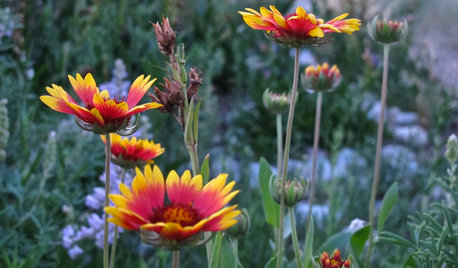
GARDENING GUIDESThese Hummingbird-Attracting Native Plants May Surprise You
These flowers, vines and shrubs offer shelter and food supplies that keep hummingbirds around longer
Full Story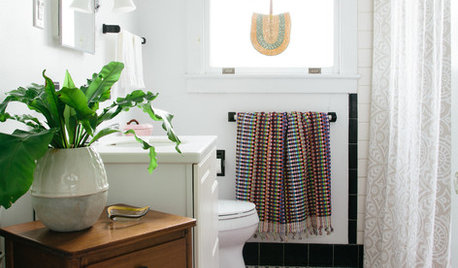
CONTAINER GARDENSFreshen Up the Bath With Lush and Healthy Plants
Learn how to choose and care for plants that will do well in your space
Full Story
HOUSEPLANTS8 Essentials for Healthy Indoor Plants
Houseplants add so much to our homes — and can thrive when grown in the right conditions. Keep these tips in mind
Full Story
TREESGreat Design Plant: Sabal Palm Enchants in Balmy Sites
Towering and tolerant, this tree blends in, stands out and happily stars in vacation photos
Full Story
GARDENING GUIDESWhat's Wrong With My Plant? Leaves Often Hold the Clues
Learn how to identify common plant ailments by reading their leaves
Full Story
GARDENING GUIDES10 Essential Wildflowers for the U.S. Central Plains
Focusing on prairie wildflowers supports the most wildlife in a low-maintenance Plains landscape
Full Story
HOUSEPLANTSIndoor Winter Gardens for Cheerier Days
Bring plants inside for drab-days mood boosting — not to mention cleaner indoor air and protection for your greenery
Full Story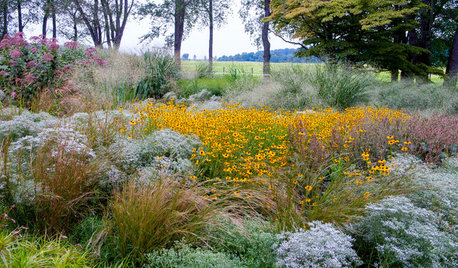
GARDENING GUIDESThe Surprising Ingredients Every Good Garden Should Have
See what to do — and not do — for lasting rewards in your landscape
Full StorySponsored
Columbus Area's Luxury Design Build Firm | 17x Best of Houzz Winner!
More Discussions









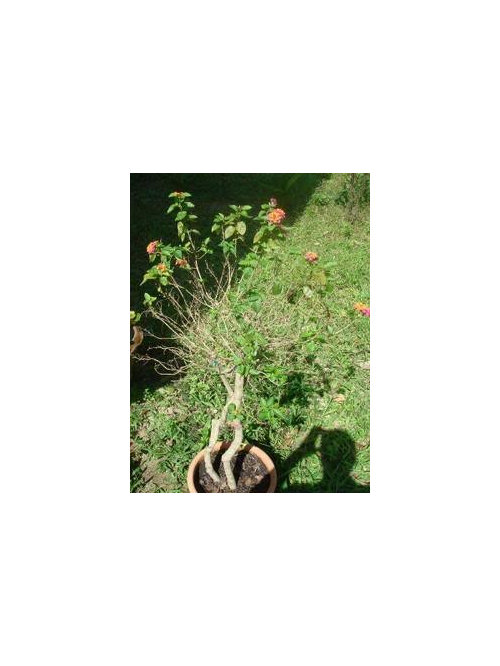

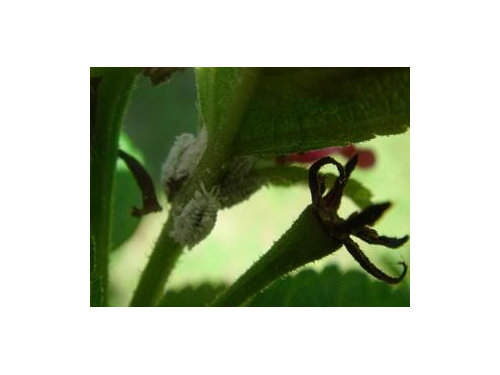

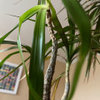
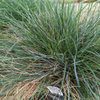
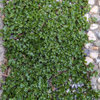
schmoo
Kimmsr
Related Professionals
New Bedford Landscape Architects & Landscape Designers · Arnold Landscape Architects & Landscape Designers · Lakewood Landscape Architects & Landscape Designers · Arlington Landscape Contractors · Annandale Landscape Contractors · Crystal Landscape Contractors · Kailua Landscape Contractors · Pine Hills Landscape Contractors · Pleasanton Landscape Contractors · Riverview Landscape Contractors · San Carlos Park Landscape Contractors · Smyrna Landscape Contractors · South Lyon Landscape Contractors · Stony Brook Landscape Contractors · Jericho Stone, Pavers & Concreterhizo_1 (North AL) zone 7
muckpukOriginal Author
jean001
Kimmsr
rhizo_1 (North AL) zone 7
schmoo
enoughcliches
rhizo_1 (North AL) zone 7
enoughcliches
daniellalell
ronalawn82
muckpukOriginal Author
Kimmsr